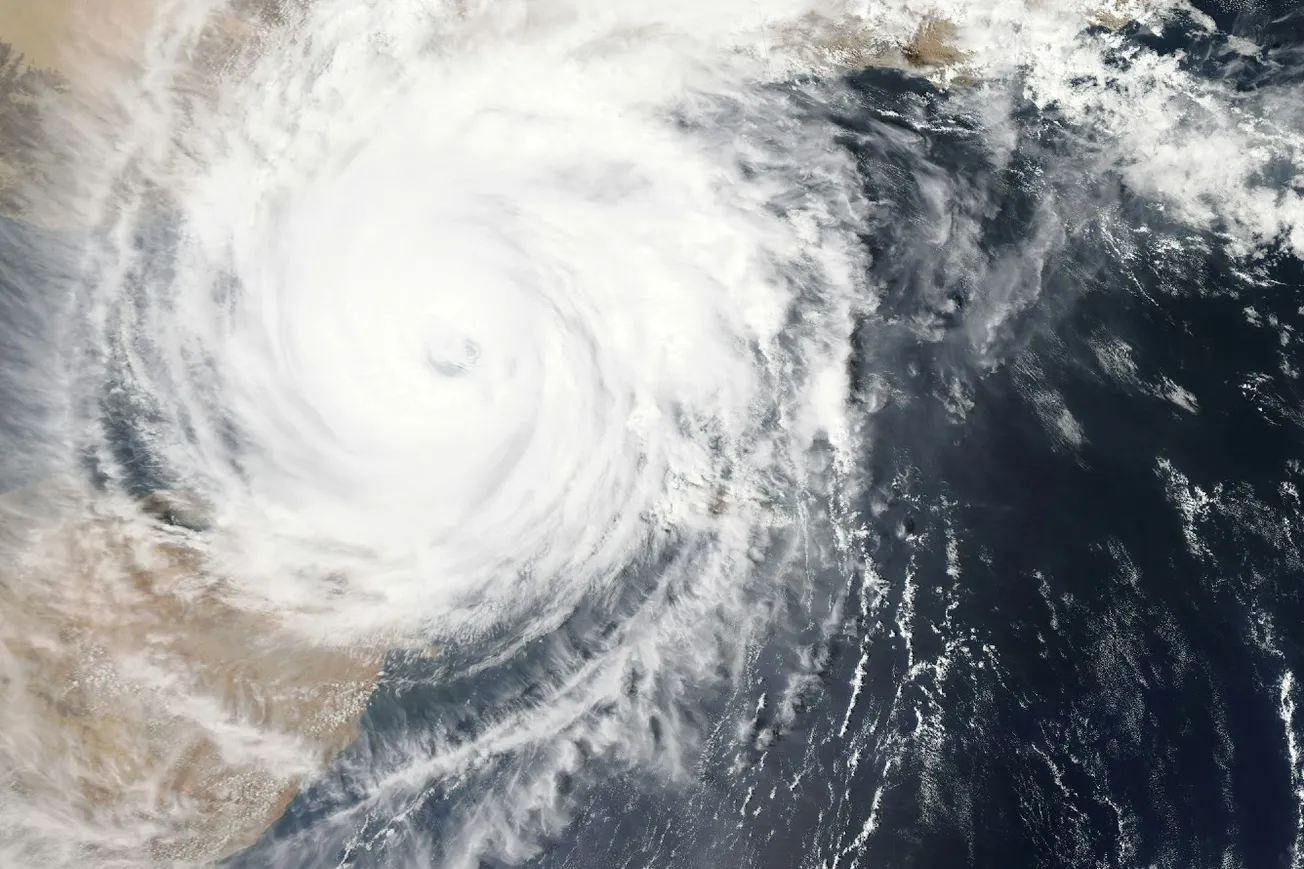By Joe Bastardi, CFACT |February 11, 2025
The 2025 Hurricane Season should have fewer impacts than 2024. 2018 is the closest analog. Unlike last year, there are currently no clear landfall signals. The high-impact forecast area map will be issued with the April update. An El Niño may develop but likely won’t be a huge factor if it does.
Forecast according to the Power & Impact Scale
Named Storms: 15-19 ( Saffir Simpson, same)
Category 1 or greater hurricanes: 7-9 ( Saffir Simpson, same)
Category 2.5 (start of Power & Impact major hurricane classification): 3
Saffir-Simpson Hurricane Wind Scale Forecast
Named Storms: 15-19
Total Hurricanes: 7-9
Major Hurricanes: 2-3
ACE Index: 120-150
Impact Forecast and this is what I am most concerned with, the number game above is window dressing
Tropical Storm Conditions: 5-7.
Total Hurricanes: 3-4
Major Hurricanes: 1-2
Quick Review of last year
The original window dressing numbers were overdone. Part of the reason is we had very few “ham sandwiches” as I call them, storms that years ago probably would not have been seen or counted. As it turned out a storm that should have been named that hit the South Carolina coast with hurricane gusts and close to 20 inches of rain had multi-billion dollar impacts. The subjectivity problem is still a consideration, how many will or won’t be named based on whatever is being weighted in at the time. So there is a chance that is underdone if we get more of them. But unless you are a ship or flying fish, you probably are not that concerned
But the impact forecast was the best I have ever put out. The hurricane season from hell was the 2cnd most expensive on record and the storms where they were supposed to go. I never wavered on this map and our midseason adjustment to the window dressing numbers was on target
.png)
Commentary
The forecast is based on the overall cooling of SSTs in the Atlantic and forecasted warming in the ENSO areas of the Pacific. Even now, the Main Development Region is much cooler than last year at this time. 2024:
.png)
Now:
.png)
I believe the Euro has the right idea on the ENSO region, which is the opposite of last year when the strong El Niño collapsed. This year, the Euro is forecasting a weak La Niña reversing to an El Niño by the hurricane season.

The consensus of the models is not as impressed with that chance (compiled by IRI).
.png)
The consensus is a very low chance for El Niño. I am following the example of the 2017-18 pattern that resulted in a similar winter to what we will wind up with here, after a similar hurricane season in 2017. That was actually the hurricane season with the most damage and 2023 was second. The winter MJO rotation has been close to 2017-18, indicating there is an overall similarity in the global pattern.
Finally, I don’t believe a weak El Niño, given the current global warmth, would be as big of a deal when it comes to the total number of storms as it may have had in the past. Based on the ONI we had a strong El Niño in 2023 and there were more total storms than in 2024. The key was almost all were out at sea. As far as clustering, if there is to be a clustering of tracks, it’s liable to be to the east of last year and coming more from systems passing to the north, and not to the south of the Caribbean islands.
A look at the Euro SSTs for May-July:

Still, it doesn’t have an El Niño. The Atlantic is much cooler than last year, and the swath of warmer water is shown to the north. This suggests less Main Development Region activity, but the worry about rapid feedback farther to the north and in close to the coast is there. So it will be a different look but one that will still have its share of issues.
Note that last year’s forecasted pattern stood out like a sore thumb:

I suspect when I do put out the impact map it will be less than average in the Caribbean and more than average near the east coast There are seasons similar to last year like 95 and 98 where the following year the cluster showed up east
1995 season. notice the cluster in the gulf and the other further east
.png)
then the following year
tracks in between
.png)
1998 there was alot aimed for the gulf and southeast

1999 thracks clustered near the east coast
.png)
While the eastern gulf has been hyper active the past several years, the major hurricane hit drought on southeast Fla continued last year and the hurricane drought on Long Island and New England has also. As remarkable as the cluster has been in the eastern gulf the lack of hits in southeast Florida and in New England is just as remarkable, and at the opposite end of the scale.
1941-1950 major hits


Knowledge of the past prevents hysteria about the present and the future
Typical of nature, a balancing act
The Verdict
There is no question that what we saw stood out so much that from December we hit the hurricane season from hell, the second most costly on record. I was overdone in the numbers game, though. With a less impressive look this year, I am expecting true tropical cyclones to be less, but there is going to be a better chance for the “ham sandwiches” in the North Atlantic to pump up numbers.
This season will be a year where in-close development is a concern, as it has been recently, due to the distortion of overall feedback patterns likely brought about by the distortion of warming, the Global Wind Oscillation, and Sea Level Pressure patterns.
As a side note, we had a well below average global ACE last year due to the Western Pacific being so far down. I expect a more normal number in the Western Pacific this year.
Joe Bastardi is a pioneer in extreme weather and long-range forecasting. He is the author of “The Climate Chronicles: Inconvenient Revelations You Won’t Hear From Al Gore — and Others” which you can purchase at the CFACT bookstore. His new book The Weaponization of Weather in the Phony Climate war can be found here. phonyclimatewar.com
Original article link









